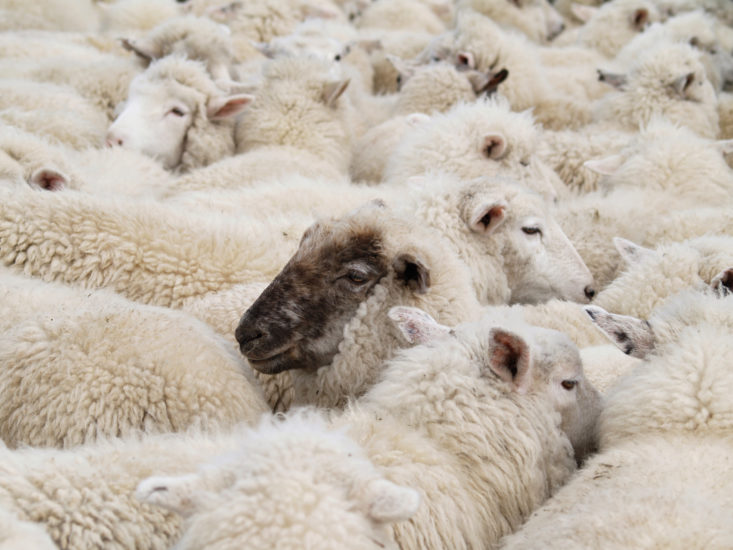The Benefits of Wool
Odour Reducing.
Merino wool reduces the opportunity for odours to develop because it quickly absorbs perspiration and evaporates it into the air. Unlike synthetic fabrics, wool does not retain odours and will freshen just from airing out. In addition, the outer layer of wool fibres has a high concentration of fatty acids, which have anti-bacterial properties. The internal layers of wool fibre actually bind with acidic, basic and sulphurous odours.











